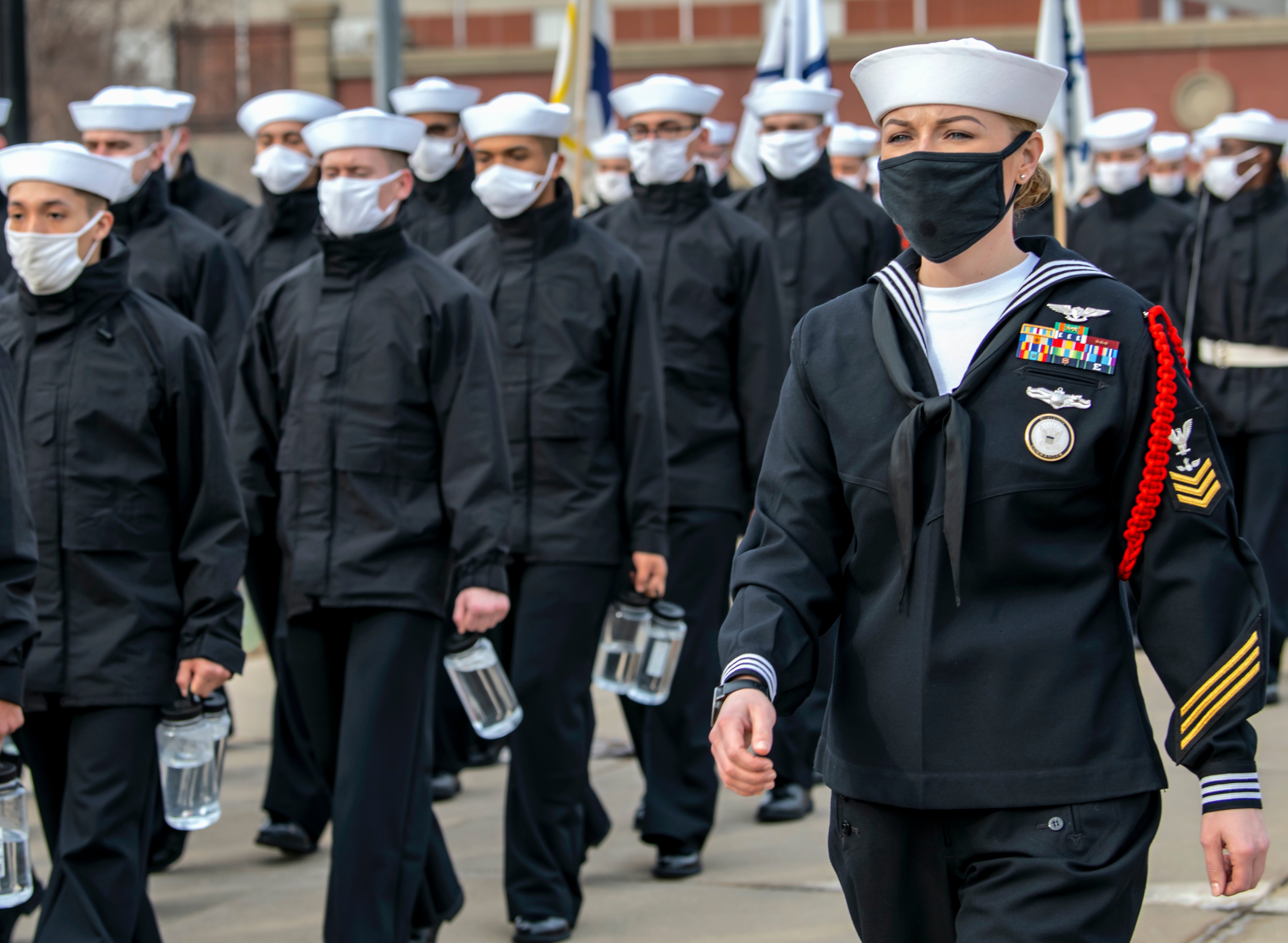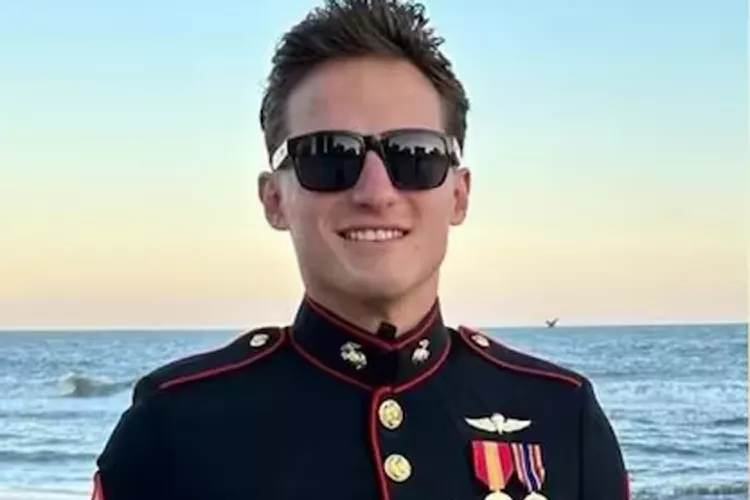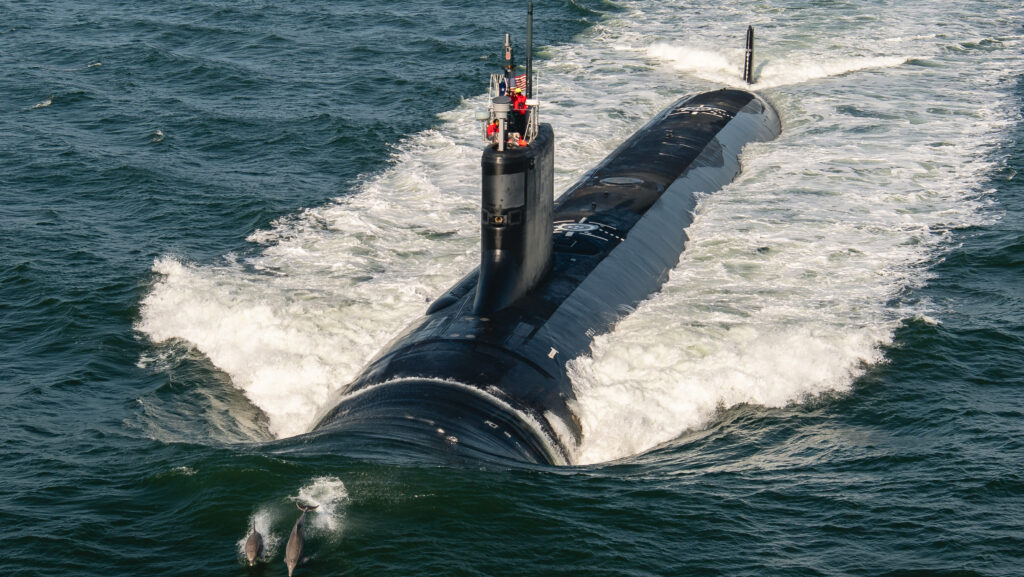
The Navy is considering changes to how it recruits sailors – including offering its aptitude test in another language – after receiving feedback from the fleet.
Chief of Naval Operations Adm. Mike Gilday said today the service is weighing the possibility for potential recruits to take the Armed Services Vocational Aptitude Battery test, required from all recruits, in Spanish.
“Everybody has to have a command of the English language to serve in the U.S. military, but some people might do better in a written exam like that if it’s in Spanish,” Gilday said during a virtual forum hosted by the Center for New American Security.
“And so, why not offer that to get a better sense of what their attributes are – what their aptitude is – so that we place them in an optimum career path in the Navy that turns it into a win-win for them and for the institution.”
In addition to adding a Spanish-language option, the service is evaluating how it uses standardized test scores to screen candidates for its ROTC program. Gilday noted that the current SAT score average for the program is 1450, but the requirements may have inadvertently hindered the service’s recruitment of minority applicants.
“If a minority candidate scores a 1450 on SATs, as an example, it’s a competitive environment. They’re going to be recruited by some of the best colleges in the country, and so then there’s the Navy or the Army,” Gilday said. “And so, should we take a look at a more balanced approach with respect to how we look at attracting those candidates to the Navy. Do we place too much weight on a standardized test, as an example.”
“We’re trying to set a high standard in order to attract the very best, but it’s not the single metric that determines what the best really is, right,” he continued. “And so we didn’t intentionally do that to limit minorities, but over time, that’s what happened.”
After last spring’s death of George Floyd and the social unrest that followed throughout the country, the service created the Task Force One Navy initiative to assess diversity in the fleet. The task force earlier this year finished a report that included over 50 recommendations on how to increase diversity within the Navy, USNI News previously reported.
The recommendations were a result of what the Navy calls “listening sessions” with sailors to gain a better understanding of the obstacles that cause a lack of diversity.
“If you take a look at the enlisted force versus the officer force … our enlisted force really does reflect America,” Gilday said. “We need to do better in the officer side and certainly better within the flag ranks.”
In addition to executing the recommendations from the task force report, the service has had to reckon with potential extremism within its ranks following the riot at the Capitol building in Washington, D.C., on Jan. 6. News reports emerged in the weeks following the riot about former service members who participated in the assault on the Capitol.
After taking the reins at the Pentagon, Defense Secretary Lloyd Austin in early February signed a memo giving commanders throughout the department 60 days to hold a day-long standdown to talk about extremism.
Gilday said the Navy also held listening sessions to adhere to this order and that he is gathering the information gleaned from those conversations for Austin.
“I will give you a couple of big observations that I was really pleased with. One was the widespread anger and disgust at recent incidents that have happened across our country and within our Navy. And so that gave me the sense that the preponderance of our sailors out there did not accept this kind of behavior,” the CNO said.
“And the second was just a disproportionate impact that a small group can have that can stain the reputation of a service or really cause a big problem for the country,” he added. “It’s a very small minority that are causing these problems, but nonetheless we can’t just ignore that.”
Not only does the Navy need to find ways to root out extremist candidates during the recruitment process, but Gilday said he believes extremist groups are seeking out service members when they leave the military.
“We now believe that, as people leave the service, that they are being actively recruited. So I think we owe it to the force, we owe it to the country, to make sailors aware – sailors, soldiers, airmen, Marines – aware that they are going to be actively recruited,” he said. “And that those are not – in general, those are not groups that they want to be associated with. They are counter to the values that we have in the Navy and across the military.”
The CNO argued that eradicating racism and extremist views requires sailors to both take responsibility for themselves and for their fellow shipmates, similar to how they had to combat the COVID-19 pandemic the last year.
“The secret to success – the magic sauce – is at an individual level and people standing up and being leaders no matter your pay grade,” Gilday said.
“And taking responsibility for your own actions, owning it when you did make a mistake or did something bad – owning it and then you’ll be held accountable, but also holding others accountable as well,” he added. “Same thing I would say with sexual assault. Similarly, that approach is right down to the deck plates at the individual level.”





